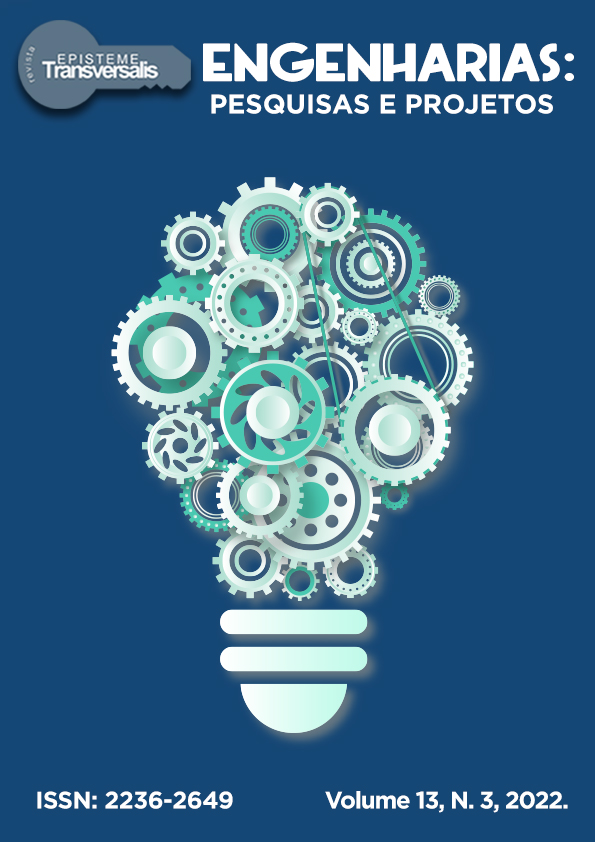A REALIZAÇÃO VERBAL DO PERFECT POR BILÍNGUES ESPANHOL-INGLÊS DE PORTO RICO
PERFECT VERBAL REALIZATION BY SPANISH-ENGLISH BILINGUALS FROM PUERTO RICO
Palavras-chave:
Aspecto Perfect, Bilinguismo, Espanhol e Inglês de Porto Rico, Perfect Aspect, Bilingualism, Puerto Rican Spanish and EnglishResumo
Este trabalho buscou contribuir para a investigação do aspecto perfect na gramática mental. Especificamente, investigaram-se as realizações verbais do perfect universal (PU) e existencial (PE) associados ao tempo presente na variedade do espanhol e do inglês de Porto Rico (PR). As hipóteses foram que, associados ao tempo presente, i) PU é realizado exclusivamente pelo pretérito perfecto compuesto no espanhol de PR; ii) PE é realizado exclusivamente pelo pretérito perfecto compuesto e pelo pretérito perfecto simple no espanhol de PR; iii) PU é realizado exclusivamente pelo present perfect, present continuous e simple present no inglês de PR e iv) PE é realizado exclusivamente pelo present perfect, present perfect com apagamento do auxiliar e simple past no inglês de PR. Para isso, aplicaram-se testes de produção eliciada e decisão em espanhol e em inglês. As hipóteses foram refutadas. No espanhol, verificaram-se as formas verbais de presente, pretérito perfecto compuesto (PPC), PPC progresivo e perífrasis progresiva no presente (presente continuo) na expressão de PU e pretérito perfecto simple, PPC e “estar” (presente) + predicativo na expressão de PE. No inglês, verificaram-se as formas verbais de simple present, present continuous, present perfect (PP) e PP continuous na expressão de PU e simple past, PP, PP com apagamento do auxiliar e “to be” (present) + predicative na expressão de PE. Baseado nos resultados, salienta-se que parece haver transferência no padrão de realização do perfect do espanhol para o inglês.
Abstract
This work sought to contribute to the investigation of the perfect aspect in the mental grammar. Specifically, we investigated the verbal realizations of the universal perfect (UP) and existential perfect (EP) associated with the present tense in the Spanish and English varieties of Puerto Rico (PR). The hypotheses were that, associated with the present tense, i) UP is realized exclusively by the pretérito perfecto compuesto in PR Spanish; ii) EP is realized exclusively by the pretérito perfecto compuesto and by the pretérito perfecto simple in PR Spanish; iii) UP is realized exclusively by the present perfect, present continuous and simple present in PR English and iv) EP is realized exclusively by the present perfect, present perfect with the phonetic deletion of the auxiliary and the simple past in PR English. To achieve the goals, elicited production and decision tests were applied in Spanish and English. The hypotheses were refuted. In Spanish, we verified the verb forms of presente, pretérito perfecto compuesto (PPC), PPC progresivo and perífrasis progresiva in the present tense (presente continuo) in the expression of UP and pretérito perfecto simple, PPC and “estar” (presente) + predicativo in the expression of EP. In English, we verified the verb forms of simple present, present continuous, present perfect (PP) and PP continuous in the expression of UP and simple past, PP, PP with the phonetic deletion of the auxiliary and “to be” (present) + predicative in the expression of EP. Based on the results, it is noteworthy that there seems to be a transfer in the pattern of performing the perfect from Spanish to English.
Downloads
Downloads
Publicado
Como Citar
Edição
Seção
Licença
Copyright (c) 2022 Episteme Transversalis

Este trabalho está licenciado sob uma licença Creative Commons Attribution-NonCommercial 4.0 International License.
Revista Episteme Transversalis © 2010 por Centro Universitário Geraldo Di Biase está licenciada sob Creative Commons Atribuição 4.0 Internacional. Para visualizar uma cópia desta licença, visite https://creativecommons.org/licenses/by/4.0/













